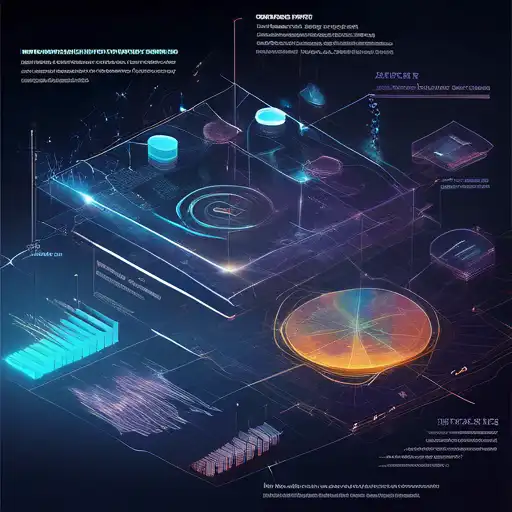Introduction to Data Visualization
In the era of big data, the ability to visualize complex datasets in an understandable and insightful manner is more valuable than ever. Data visualization techniques enable businesses and researchers to uncover patterns, trends, and correlations that might go unnoticed in raw data. This article explores the most effective data visualization techniques for gaining better insights into your data.
Why Data Visualization Matters
Data visualization transforms numbers and metrics into visual objects like graphs, charts, and maps, making complex data more accessible. It plays a crucial role in decision-making processes across various industries, from healthcare to finance. By leveraging visual analytics, organizations can communicate information more effectively and make data-driven decisions with confidence.
Top Data Visualization Techniques
Here are some of the most powerful data visualization techniques that can help you extract meaningful insights from your data:
- Bar Charts: Ideal for comparing quantities across different categories.
- Line Graphs: Best for visualizing data trends over time.
- Scatter Plots: Useful for identifying correlations between two variables.
- Heat Maps: Great for showing complex data distributions and variances.
- Pie Charts: Effective for displaying proportions within a whole.
Choosing the Right Visualization Technique
Selecting the appropriate visualization technique depends on the nature of your data and the insights you wish to derive. For instance, if you're analyzing sales performance across different regions, a bar chart might be the most effective. On the other hand, if you're tracking stock market trends, a line graph would be more suitable.
Advanced Data Visualization Tools
Several tools and software can help you create compelling visualizations. Business intelligence tools like Tableau, Power BI, and QlikView offer advanced features for data visualization. These platforms allow users to create interactive dashboards and reports, making it easier to explore and understand data.
Best Practices for Effective Data Visualization
To maximize the impact of your data visualizations, consider the following best practices:
- Keep it simple and avoid clutter.
- Use colors strategically to highlight key information.
- Ensure your visualizations are accessible to all audiences, including those with color vision deficiencies.
- Always provide context for your data to aid interpretation.
Conclusion
Data visualization is a powerful tool for transforming raw data into actionable insights. By mastering various visualization techniques and adhering to best practices, you can enhance your ability to communicate complex information clearly and effectively. Whether you're a data analyst, marketer, or business leader, leveraging visual analytics can significantly improve your decision-making process.
For more insights into data analysis and visualization, explore our comprehensive guide to data analysis.
